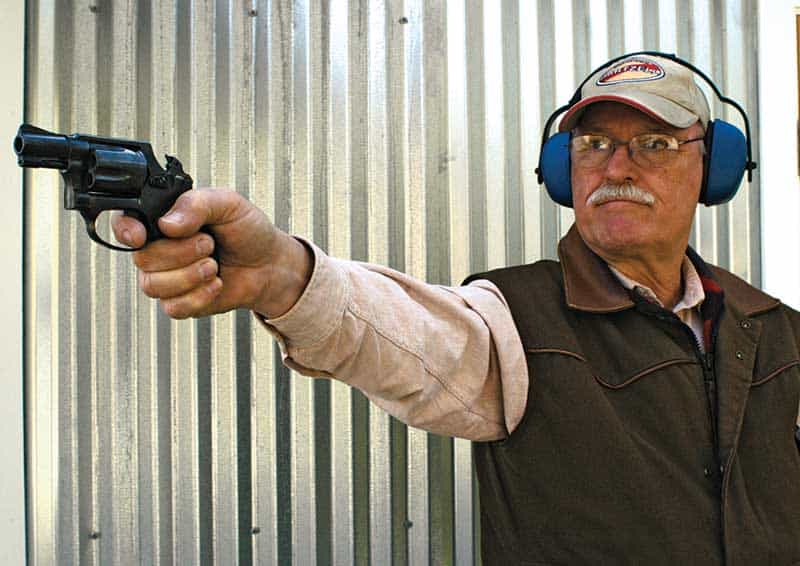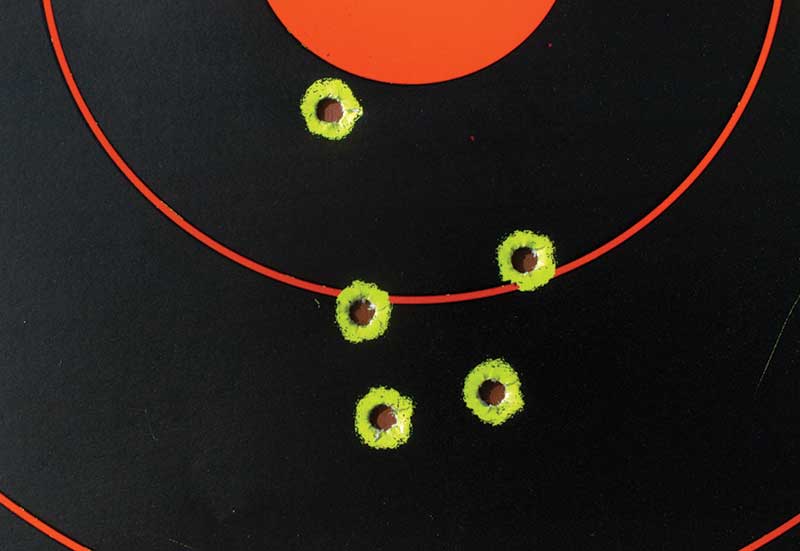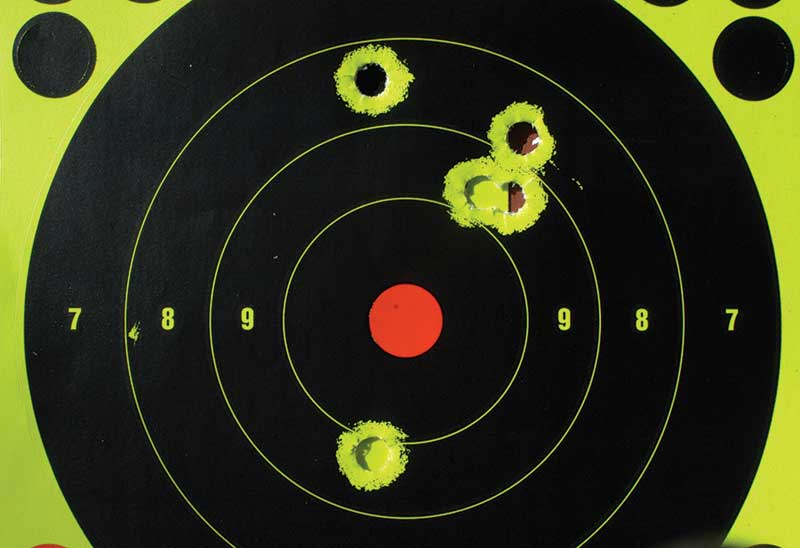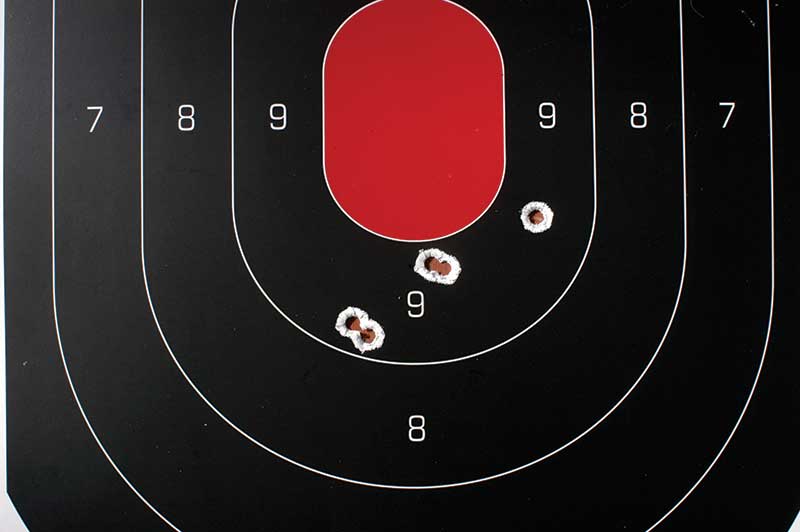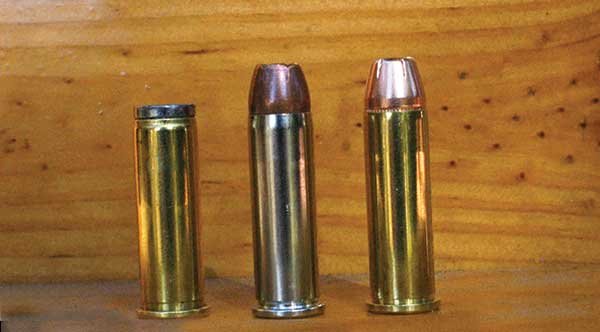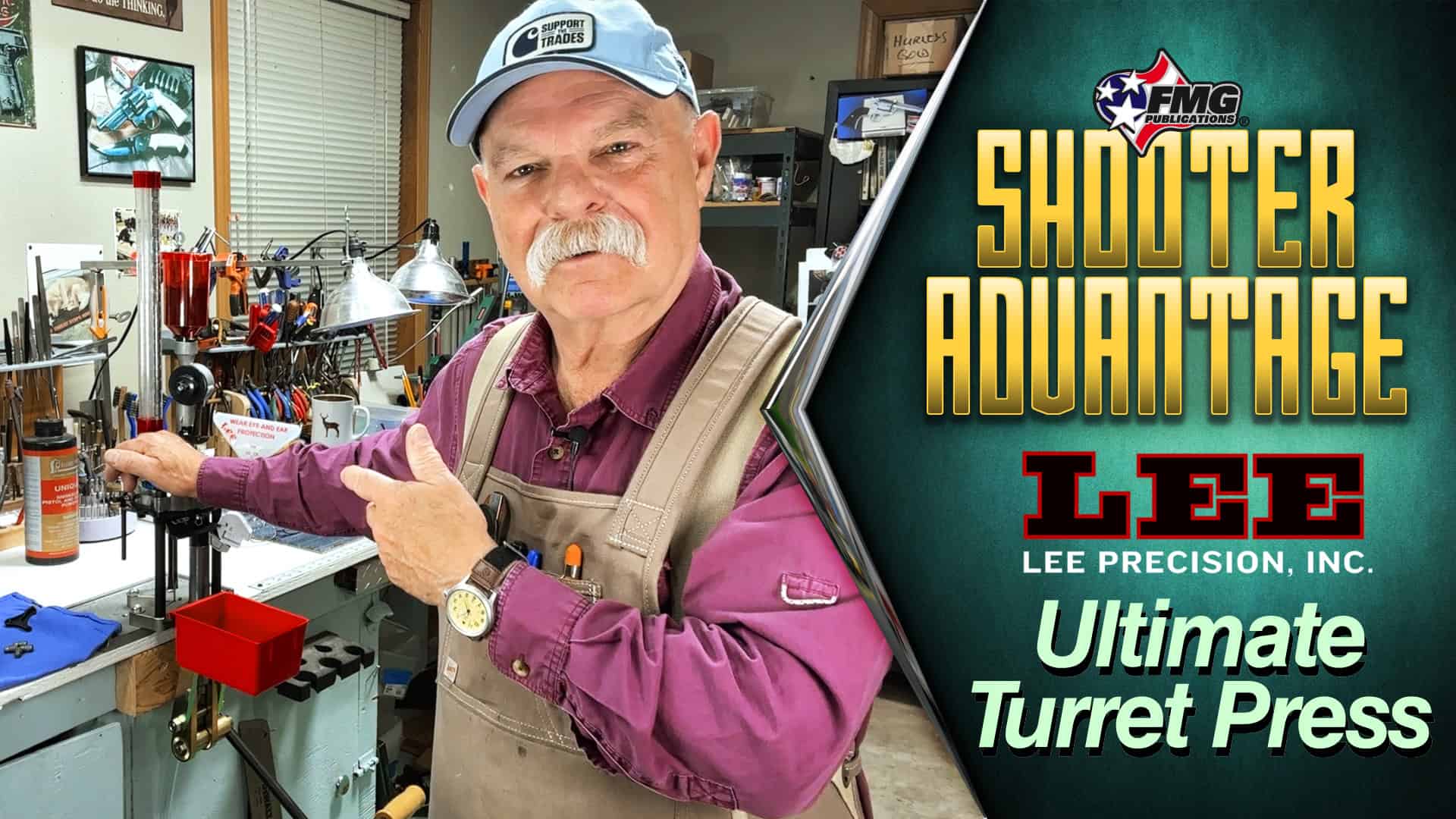More than a half-century ago, when Jeff Cooper pretty much kick-started the Great .45 ACP Revival, one of his major concerns—if not a precipitating factor—was the .38 Special’s relative lack of stopping power, at least in comparison to Browning’s 1911. In this regard, the .38 Special—in particular its 158-grain lead RN configuration—was the target of a lot of bad press.
Although the 9mm eventually became the Colonel’s main whipping boy, it’s worth remembering in those early days, the 9mm was nowhere nearly as popular stateside as it eventually became. For every 1st Generation S&W Model 39 or 59 auto, there were a seeming bazillion S&W and Colt .38 revolvers serving as LE duty guns or sitting on some homeowner’s nightstand.
Different schools of thought arose as to how to power-up the old .38 to avoid resorting to the “bright lights and blast” of the more penetrative and difficult-to-control .357 Magnum. Many turned to loads featuring a lightweight JHP at high speeds, such as the Super-Vel 110-grain (introduced in 1963), which clocked around 1,200 fps from a 4-inch barrel. Handloads featuring heavier 146- to 160-grain jacketed or lead Keith-style bullets driven in excess of 1,000 fps (and usually from 6-inch barrels) had their adherents as well.
Commercially, the legendary “Treasury” or “FBI” load” consisting of a 158-grain +P lead semi-wadcutter hollowpoint was offered by Federal, Remington and Winchester, and usually clocked around 900 fps from a 4-inch gun. And, of course, most of those same manufacturers offered 125-grain +P JHP loads as well.
Today, of course, the .38 Special is primarily relegated (from a defensive standpoint) to small, lightweight revolvers. In light of this, several companies are offering standard-pressure personal defense loads, often tailored for low flash and low recoil. Another key element is the fact makers have taken full advantage of advances in bullet technology (which can offer a lower velocity “window” for expansion) for more reliable terminal performance. Many of those who rely on .38 revolvers are relatively “non-gunny” types as well as peace officers (uniformed and otherwise) who still prefer the point-and-shoot simplicity of a backup snubbie.
For those folks, we’ve dug up a trio of controllable loads from Winchester, Hornady and Buffalo Bore. Two feature a JHP bullet—Winchester’s Train & Defend bonded 130-grain load and Hornady’s American Gunner 125-grain XTP (both factory-rated at 900 fps). The third is what Buffalo Bore refers to as a “Standard Pressure Short Barrel Low Flash Heavy 150-grain HC Wadcutter.” This interesting little number is rated at 850 fps.
